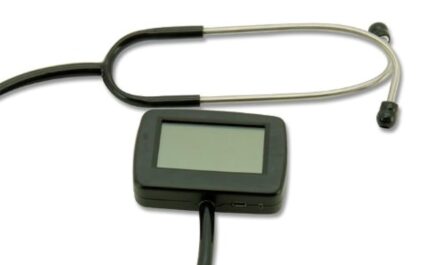
Pleural Diseases: An Overview
Pleura are two thin layers of tissue that line the lungs and chest cavity. Any disorder that affects the pleura or the space between the pleural layers is known as a pleural disease. Pleural diseases can range from minor to life-threatening conditions. In this article, we will discuss some of the common pleural diseases, their causes, symptoms and available treatment options.
Pleural Effusion
Pleural effusion, also known as water in the lungs, is one of the most common pleural diseases where excess fluid gets accumulated in the pleural space. This excess fluid prevents the lungs from fully expanding. Pleural effusion can be caused due to various reasons like congestive heart failure, pneumonia, tuberculosis, cancer etc. The excess fluid may need to be drained using a procedure called thoracentesis based on the severity of symptoms.
Symptoms of pleural effusion include chest pain, shortness of breath, dry cough and reduced appetite. Chest X-ray or CT scan can help confirm the diagnosis. The underlying cause needs to be treated to prevent recurrence of pleural effusion. In cancer patients, drainage may provide symptomatic relief.
Pneumothorax
Pneumothorax occurs when air leaks into the pleural space causing the lung to collapse. It can be spontaneous without any obvious trigger or occur due to underlying lung conditions or trauma. Two types of pneumothorax are recognized – tension pneumothorax which can be life-threatening and non-tension pneumothorax.
Symptoms include sudden onset of chest pain, shortness of breath, increased breathing rate and coughing in non-tension pneumothorax. For tension pneumothorax, symptoms like decreased breath sounds, increased heart rate, pallor and confusion may point towards need for urgent intervention. Chest X-ray confirms the diagnosis. Small spontaneous pneumothorax may get absorbed on its own but larger ones require chest tube insertion for complete lung re-expansion.
Pleural Fibrosis
Pleural fibrosis leads to thickening and fibrosis of the pleura. It develops as a consequence of conditions like tuberculosis, asbestosis, chronic empyema or other causes of recurrent pleural inflammation. Fibrosis restrains lung expansion making breathing difficult.
Symptoms include progressive worsening of breathlessness over weeks or months. Chest X-ray and CT scan reveal thickened, scarred pleura. Treatment options are limited and aim to manage symptoms. Lung volume reduction surgery may help in severe cases. Pleurodesis procedure using substances like talc can help in preventing recurrence of pleural effusion.
Mesothelioma
Mesothelioma is a rare type of cancer that develops from the mesothelial cells of the pleura or peritoneum. Due to its long latent period, asbestos exposure decades back still accounts for majority of mesothelioma cases seen today. This aggressive cancer commonly spreads to other organs in later stages.
Early symptoms may be non-specific like chest discomfort, breathlessness, dry cough and weight loss. Advanced stage symptoms include massive pleural effusion, obesity or respiratory failure. Diagnosis is confirmed by cytological or histological examination. Treatment aims to improve survival and quality of life through surgery, chemotherapy and radiation therapy either alone or in combination. Prognosis depends on the stage and may range from few months in advanced stages to up to 2-3 years with aggressive treatment.
In summary, pleural diseases can vary from self-limiting effusions to life-threatening conditions. Early recognition of symptoms and prompt treatment provides the best outcomes. Further research into newer treatment modalities holds promise for improving quality of life for patients suffering from progressive pleural conditions. Following a healthy lifestyle and taking safety precautions helps in preventing occupational diseases. Regular medical screening also helps in early detection.
*Note:
1. Source: Coherent Market Insights, Public sources, Desk research
2. We have leveraged AI tools to mine information and compile it


